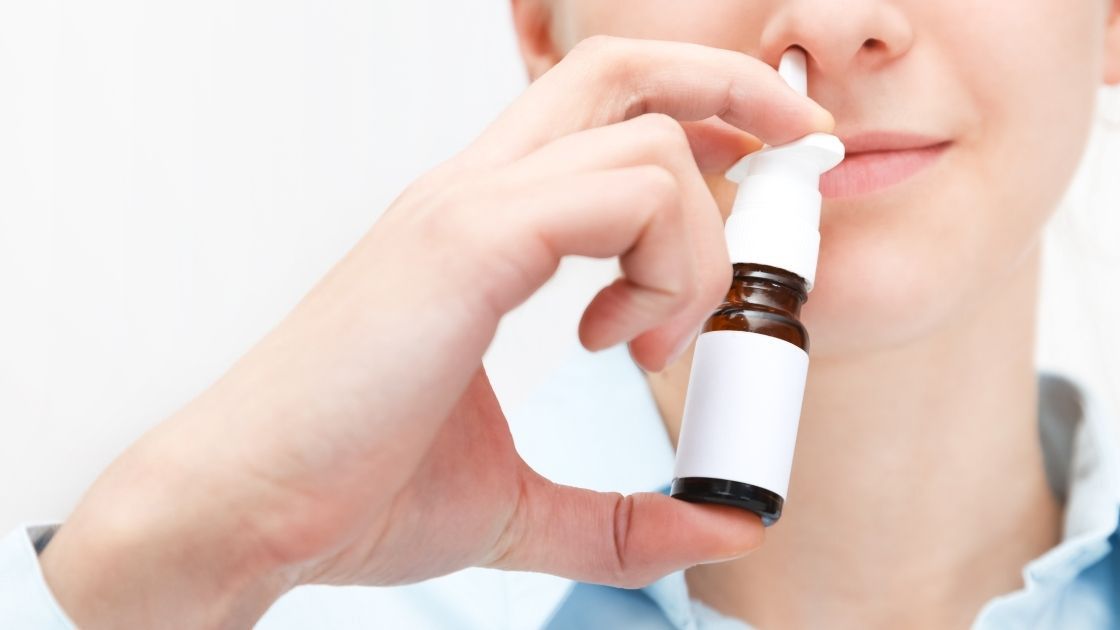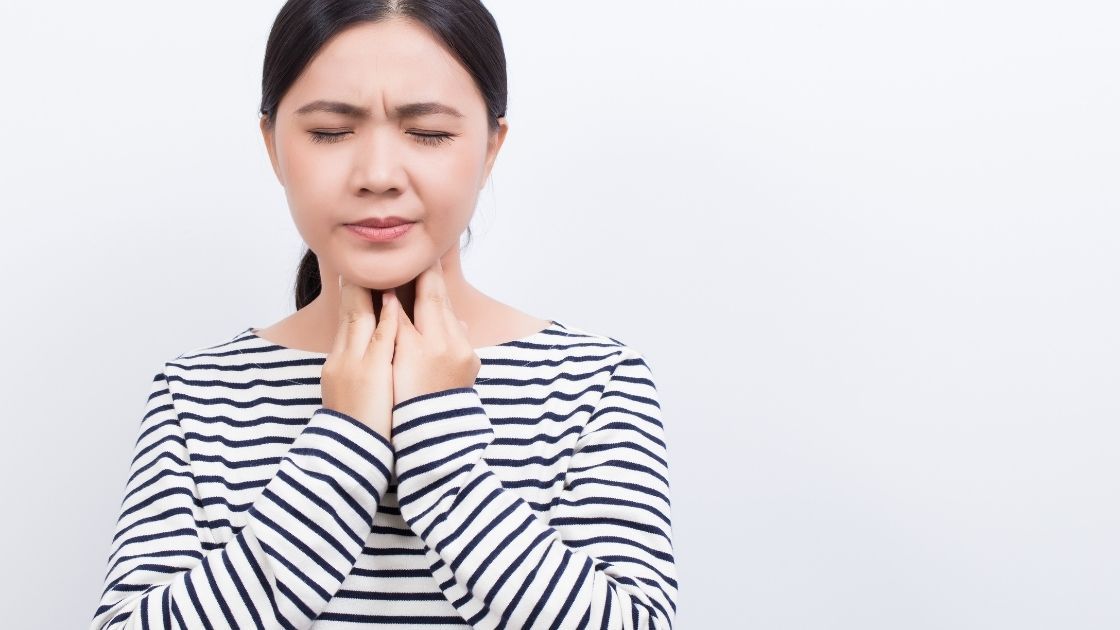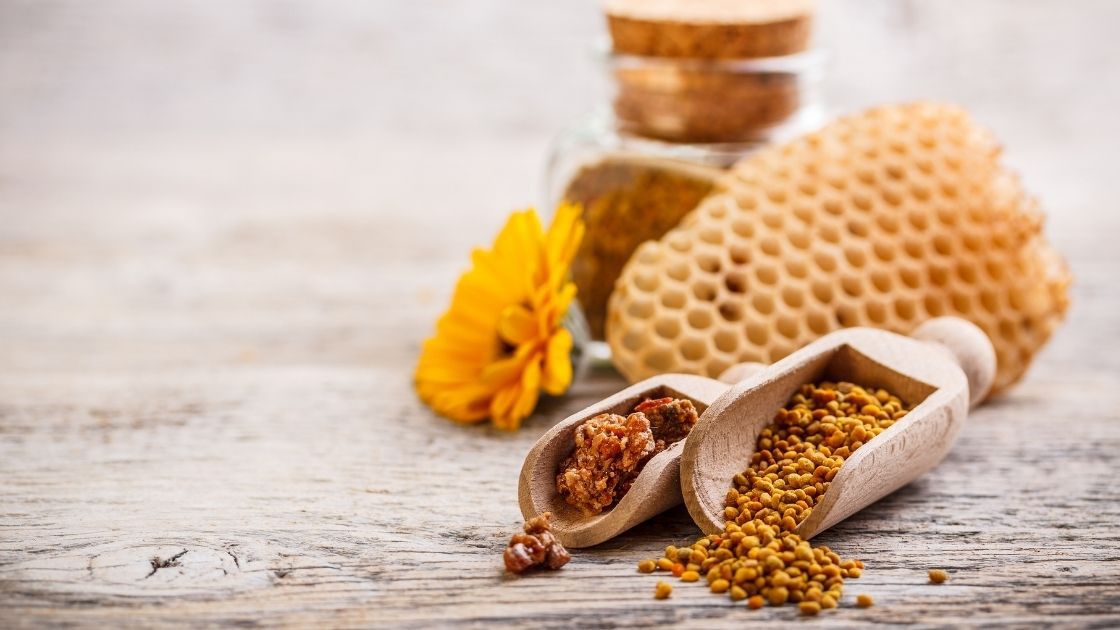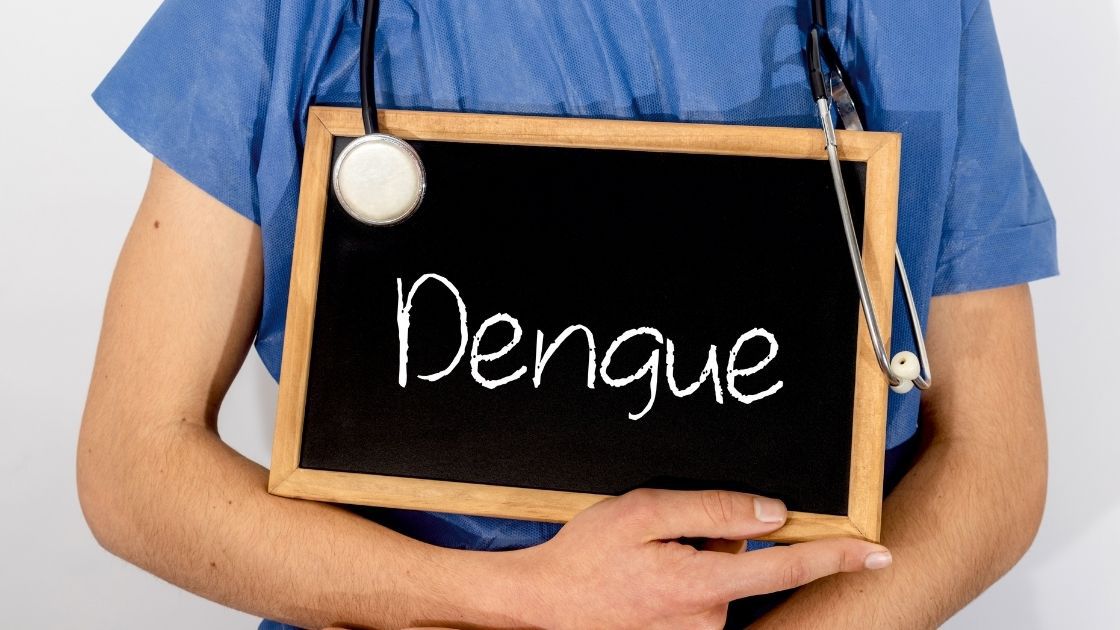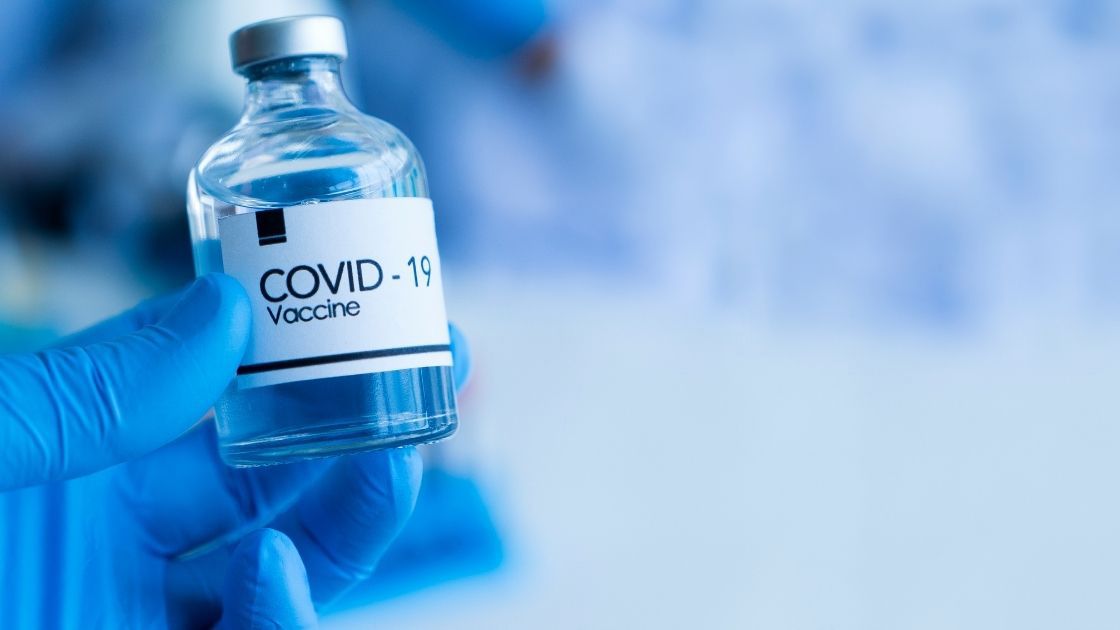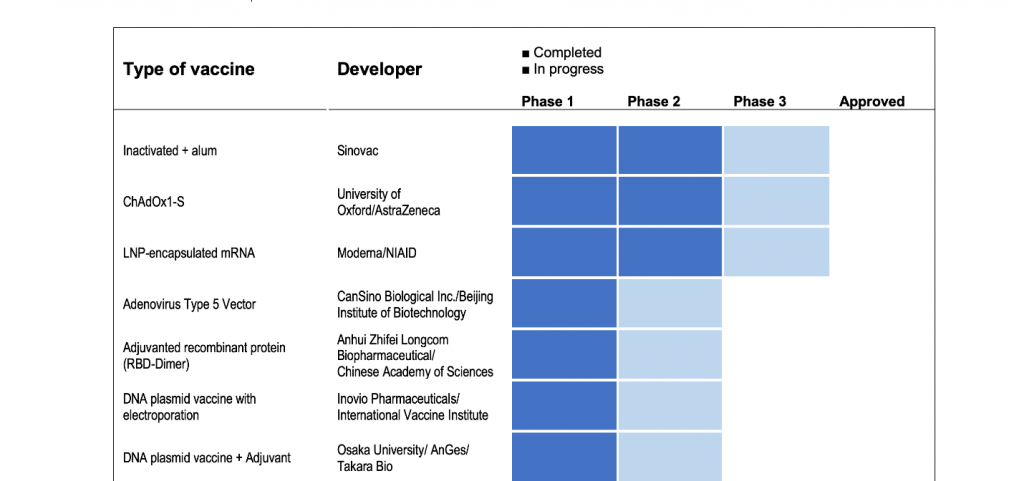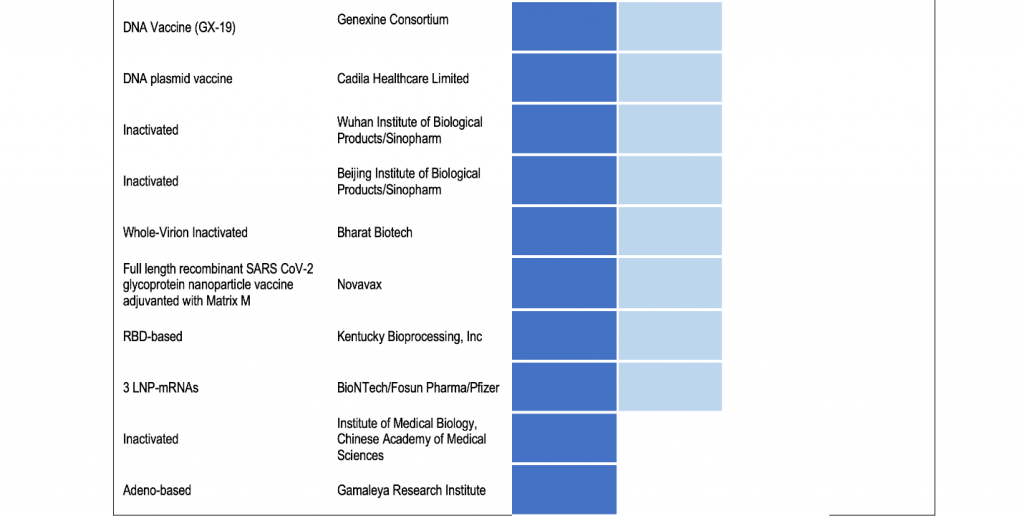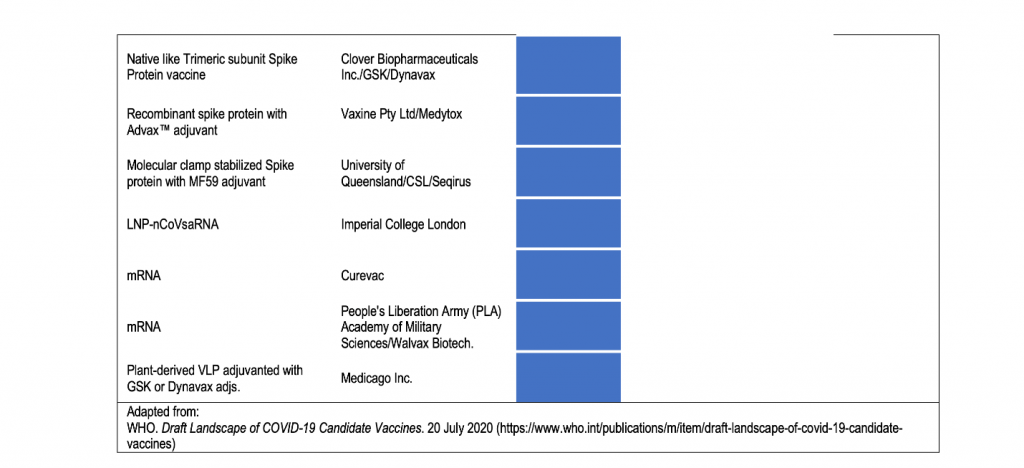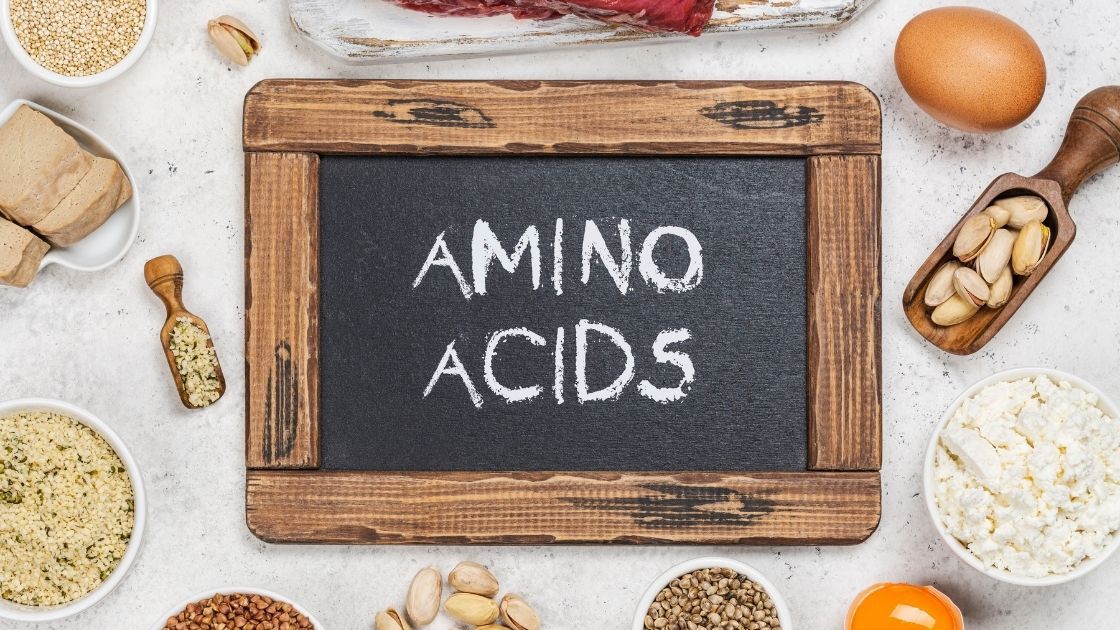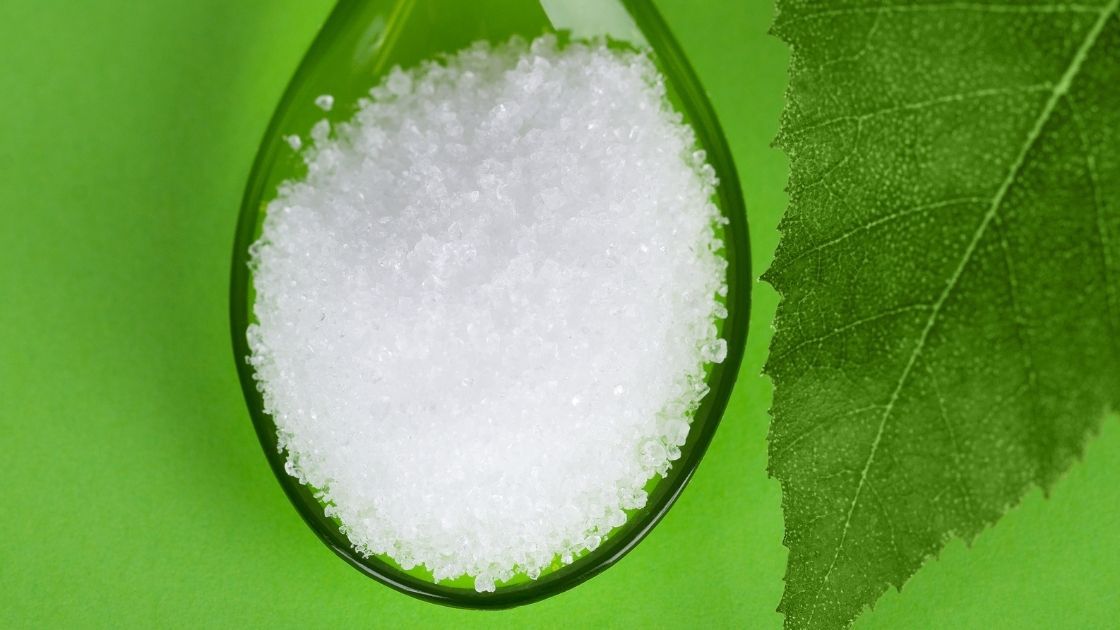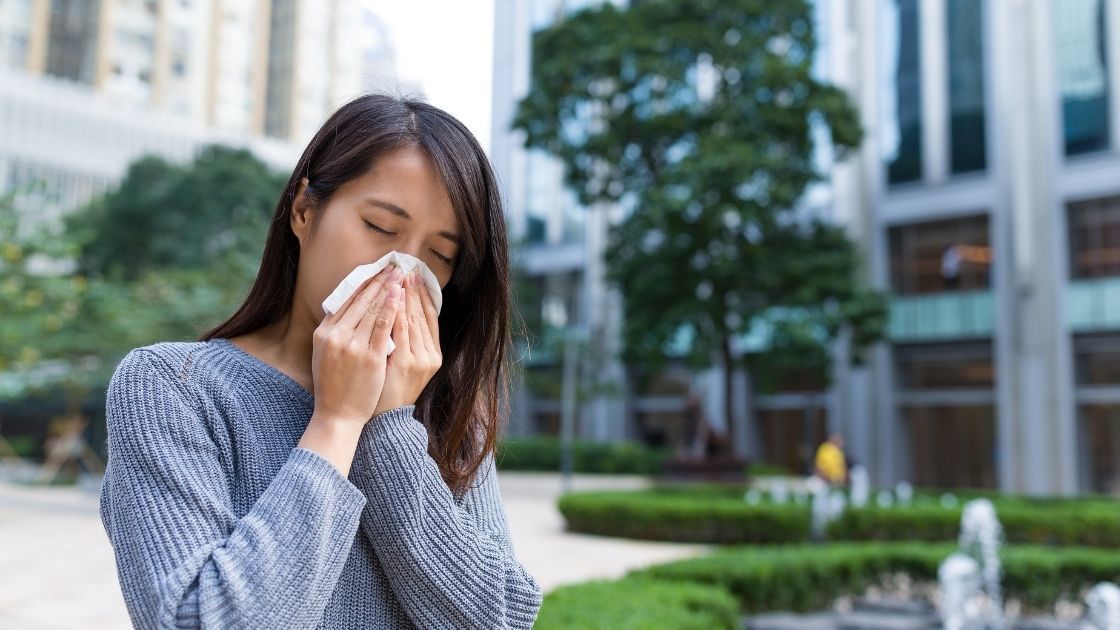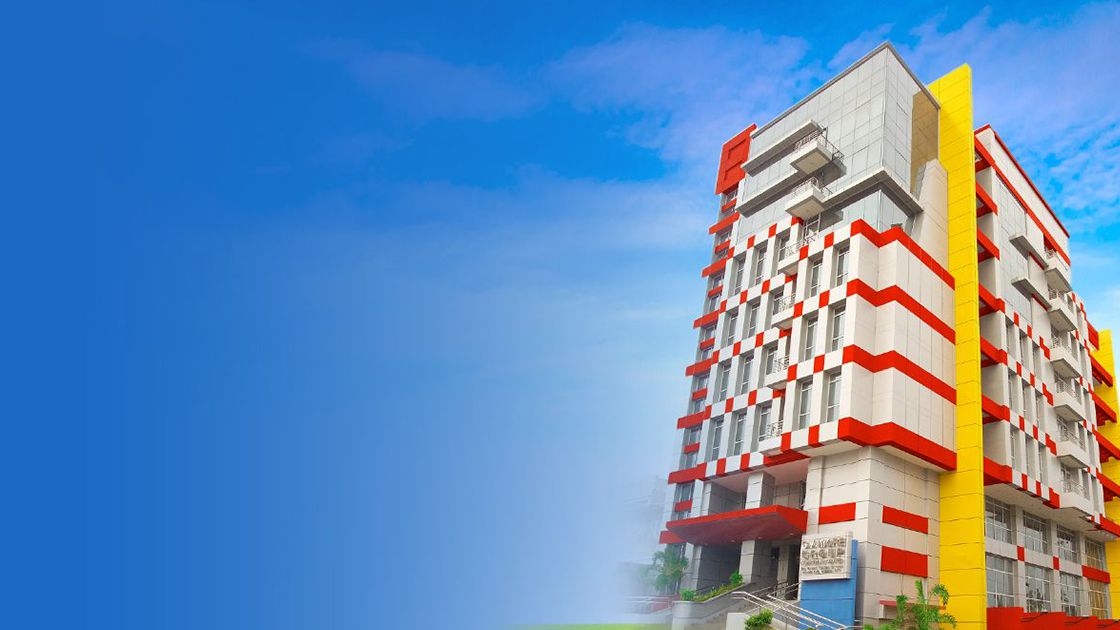Clinical Researchers Investigate the Benefits of Saline Nasal Solutions as an Aid in the Management of COVID-19
Clinical Researchers Investigate the Benefits of Saline Nasal Solutions as an Aid in the Management of COVID-19
The morbidity and mortality associated with the dreadful novel COVID- 19 has seriously affected the whole world, posing a continuing challenge for the clinical researchers to discover ways to treat and prevent the spread of the disease. In the absence of a cure for COVID-19, researchers are prompted to focus their efforts in preventing viral transmission.
In the early stages of COVID-19, it is the nasopharyngeal mucosa which carries high viral loads. This sparked enormous interest to investigate the potential role of saline nasal irrigation solutions in reducing viral load and transmission.
COVID-19 and the Potential of Nasal Saline Irrigation
In an article published in July 2020 in the JAMA Otolaryngology-Head & Neck Surgery, clinical researchers from the Oregon Health & Science University and the Washington University School of Medicine discussed the benefits and safety of nasal saline irrigations for the COVID-19 pandemic. They reviewed the current evidence regarding the association of nasal saline irrigations with viral upper respiratory disease.
The researchers looked into the effect of saline nasal rinses in viral respiratory infections associated with mucus stasis due to the inflammatory reaction induced by the virus. It was explained that saline solutions may be helpful in disrupting and removing the mucus and other invading foreign materials in the mucosal layer. As the nasal lining is hydrated by the saline solution, the inflammatory substances in mucus also gets diluted and the sweeping actions of the cilia, the hair-like structures of nasal cells which helps clears out the mucus, is improved. These effects were seen to be particularly helpful during a viral respiratory infection wherein the movement of mucus has slowed down due to the inflammatory changes such as localized swelling and thickened secretions. The researchers, citing a recent clinical trial on the common cold, shared that rinsing the nose with saline solution may help in reducing the duration of illness, the transmission among household members, and even viral shedding.
The researchers also acknowledged the concern regarding the potential contamination of the nasal rinsing devices leading to increased transmission through contact-induced infections and advised that disinfection of these devices can be done with 75% ethanol, chlorine, UV light or heat. Indeed, good hand hygiene before and after nasal rinsing as well as decontamination of surfaces like the sink remains important.
Clinical Trials on Saline Nasal Rinses are Underway
In May 2020, researchers from the Vanderbilt University Medical Center, have initiated a clinical trial to see whether nasal saline irrigation would be able to reduce the viral load of patients with COVID-19 as well as contribute to their symptom relief. Interestingly, some of studies recently suggested the possible effect of nasal saline irrigations in reducing viral shedding in patients with coronaviruses treated with saline irrigations when compared with the control group.
Another clinical trial on saline nasal rinses for patients with COVID-19 was started in the same month by another group of researchers at the University of Edinburgh. In the ongoing study named the ELVIS (Edinburgh-Lothians Viral Intervention Study) – COVID-19, the researchers are seeking to determine if nasal washing and gargling with salt water would help individuals with COVID-19 get better faster. It also supports their earlier study which found that cells lining the nose can create an antiviral effect by producing hypochlorous acid, a form of bleach, from chloride ions which are in salt (i.e. sodium chloride).
If these saline nasal irrigations have a similar effect on the novel COVID-19 as they do on other viral respiratory infections – is what the clinical investigators and the rest of the world are eager to know.
Currently, clinical trials are actively recruiting participants with results anticipated in a few months.
References:
Farrell NF, Klatt-Cromwell C, Schneider JS. Benefits and Safety of Nasal Saline Irrigations in a Pandemic—Washing COVID-19 Away. JAMA Otolaryngol Head Neck Surg.
Kimura K. Impact of Nasal Saline Irrigations on Viral Load in Patients with COVID-19.
University of Edinburgh. Hypertonic Saline Nasal Irrigation and Gargling in Suspected or Confirmed COVID-19 (ELVIS COVID-19).
